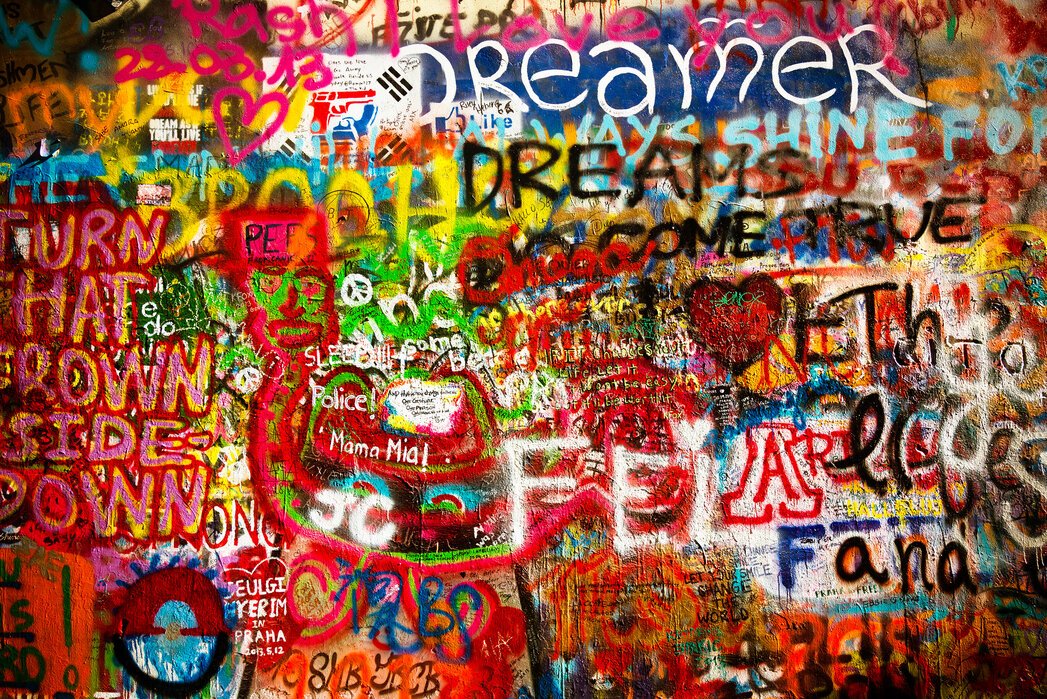Chins – a prominent facial feature often overlooked. Defined by a simple question: How can we strengthen, define, and take care of our chins? From chin exercises to skincare rituals, there’s a world of possibilities waiting to be explored. Discover the secrets to enhancing your chins’ appearance and overall well-being, bringing out their unique charm and character. Join us on a journey to uncover the significance and beauty of this often underappreciated facial area. Get ready to embrace and celebrate your chins like never before.
The Amazing World of Chins: Everything You Need to Know
What Are Chins?
Chins! Those little bumpy parts under our mouths that we often forget about until we hit them on the edge of a table. But did you know that chins are amazing and serve a lot of purposes? Let’s dive into the world of chins and discover why they are so cool!
Chins are a prominent feature of the human face, located below the lower lip. They are made up of bone, muscle, and skin, and their shape and size can vary from person to person. Chins play an important role in helping us chew our food and speak clearly. Without a chin, our faces would look very different, and we might have trouble eating and communicating.
Why Do Some People Have Pointy Chins While Others Have Round Chins?
Have you ever wondered why some people have pointy chins like superheroes, while others have round chins like cartoon characters? The shape of our chins is determined by genetics, which means it’s passed down from our parents.
If you have a pointy chin, it’s because of the way your bones and muscles are structured in that area. On the other hand, a round chin is the result of a different bone structure. Both pointy and round chins are perfectly normal and unique to each individual.
Factors Influencing Chin Shape
While genetics play a significant role in determining chin shape, other factors can also influence it. These factors include diet, age, and overall health. Eating nutritious foods can help promote strong bones, including those in the chin area. As we age, our bones and muscles may change, affecting the appearance of our chin. Maintaining good overall health through exercise and proper care can also contribute to a well-defined chin.
Chins Through History
Chins have been a prominent feature in art and culture throughout history. In ancient civilizations, such as Egypt and Greece, chins were often depicted in sculptures and paintings as a symbol of strength and beauty.
In some cultures, the size and shape of the chin were considered markers of social status or wisdom. For example, in Chinese culture, a long, pronounced chin was associated with longevity and prosperity.
Even in modern times, chins continue to be a focal point in the world of fashion and beauty. Many people desire a sharp, well-defined chin, leading to the rise of cosmetic procedures to enhance chin appearance.
The Evolution of Chin Trends
Just like clothing styles change over time, so do beauty standards, including those related to chins. In the past, a more prominent chin was considered desirable, while in recent years, a softer, more natural-looking chin has become popular.
Celebrities and influencers often influence these trends, with many people seeking to replicate the chin shapes of their favorite stars. However, it’s essential to remember that everyone’s chin is unique and beautiful in its way.
Fun Facts About Chins
– The chin is one of the first areas to show signs of aging due to the loss of collagen and fat.
– Some animals, like dogs and cats, also have chins, but they are structured differently than human chins.
– The term “weak chin” is often used to describe a less defined or recessed chin, but there is no standard for what a “perfect” chin should look like.
Chin-Focused Exercises
If you’re interested in strengthening your chin muscles, there are simple exercises you can do to help define your jawline. For example, try tilting your head back and forth while keeping your mouth closed to engage your chin muscles. You can also gently massage your chin area to improve circulation and tone the skin.
Chins may seem like a small part of our bodies, but they play a significant role in our overall appearance and functionality. From chewing our favorite foods to expressing our emotions through speech, chins are more important than we realize. Embrace your unique chin shape and celebrate the diversity of chins in the world!
Remember, whether you have a pointy chin, a round chin, or something in between, your chin is a special feature that makes you who you are. So next time you look in the mirror, give your chin a little nod of appreciation for all the hard work it does every day!
Dr. Rich On Cleft Chins #chin #chinimplants #plasticsurgeon #plasticsurgery #beauty
Frequently Asked Questions
What are the common characteristics of a chin?
A chin is a prominent facial feature located at the bottom of the lower jaw. It is typically described as the point where the lower lip and the neck meet. Chins come in various shapes and sizes, with some people having a more pronounced or defined chin while others may have a less prominent one.
Can the appearance of a chin be altered through surgery?
Yes, the appearance of a chin can be altered through cosmetic surgery procedures such as chin augmentation or reduction. Chin augmentation is done to enhance the chin’s projection and shape using implants or fillers, while chin reduction involves reshaping the bone to reduce the size of the chin. These procedures are commonly sought after to improve facial harmony and balance.
Are there any exercises to strengthen the chin area?
Yes, there are exercises that can help strengthen the muscles around the chin area. Some common exercises include chin lifts, where you tilt your head back and lift your chin towards the ceiling to work the muscles in the neck and jawline. Other exercises involve using resistance bands or balls to target specific areas around the chin for toning and firming.
Final Thoughts
The shape of our chins can provide insight into our ancestry and evolution. Strong chins were once linked to strength and leadership. Today, chins continue to play a role in our perception of attractiveness and confidence. Understanding the significance of chins can lead to a deeper appreciation of their importance in human history and culture.



